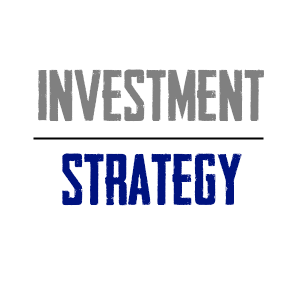Here is a great debate on active vs passive investing between Barry Ritholtz and Nir Kaissar. Go have a read and let me know what you think about it in the forum. But before you do that here’s what I think the future of active management will look like.
I started writing about the myth of passive investing several years ago.¹ At the time this was a pretty controversial idea. So controversial that, when I tried to explain it in the popular Bogleheads forum, they actually banned me! My comments were harmless and rather Bogleheadish (I am after all, a low fee indexing advocate), but I think they saw it as an excuse for active management. But I was just working things through the same way I always do – in an operationally consistent manner.² Anyhow, my point, which was controversial then, has now become increasingly mainstream – we’re all active because we all deviate from global cap weighting. The word “passive” has no meaning in a world where “passive” index funds now replicate everything from hedge funds to leveraged volatility funds.
Once you agree that everyone is active the debate shifts to the future of active investing and how best to be active. Here’s how I see it:
- Traditional active managers like most closet indexing mutual funds will remain substantial because of how deeply entrenched they are in so many markets like the 401K market. They will lose relative assets over the decades as investors continue to recognize that the vast majority of these asset managers are selling the false hope of market beating returns in exchange for the guarantee of high fees.
- ETFs will continue to boom as their tax efficiency, liquidity and simplicity catches on.
- The smart traditional managers will begin to unwind their mutual funds and wrap them into ETFs at a lower fee. This will reduce their profit margins, but will make them more sustainable.
- The strategies utilized by traditional active managers will evolve into more systematic and indexed strategies consistent with so much of the recent research showing that discretionary stock pickers don’t perform well relative to indexers.
- The fastest growth will continue to come from the “factor” space where investors will chase academic “market beating” strategies in a low cost wrapper.
- Factors will fail to deliver the returns, on average, that many expect and investors will slowly realize that “picking” indices has become the new stock picking.
- Fees will continue to come down across the entire asset management space, but the allure of “market beating” returns will continue to lure investors into strategies that deliver higher fees and not higher returns.
In short, active won’t go away. It will just change the way it’s being sold to you.
¹ – See, the Myth of Passive Investing
² – See, Understanding Modern Portfolio Construction
Mr. Roche is the Founder and Chief Investment Officer of Discipline Funds.Discipline Funds is a low fee financial advisory firm with a focus on helping people be more disciplined with their finances.
He is also the author of Pragmatic Capitalism: What Every Investor Needs to Understand About Money and Finance, Understanding the Modern Monetary System and Understanding Modern Portfolio Construction.

